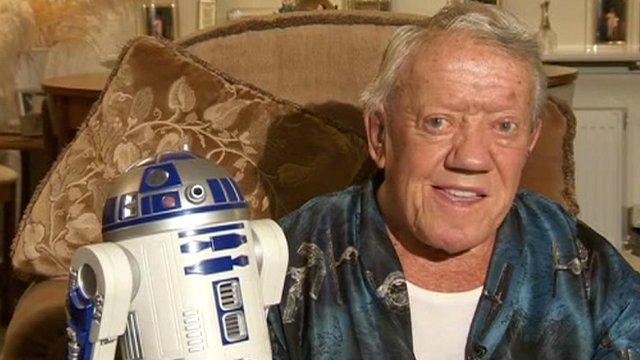Star Wars: R2-D2 original builder Tony Dyson dies
- Published
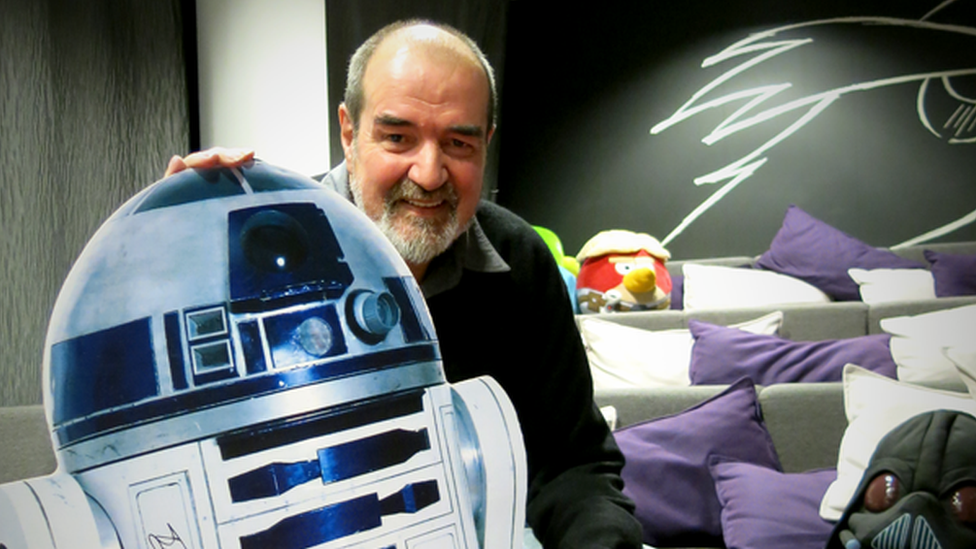
R2-D2 was one of the very first droids to be honoured in the Carnegie Mellon University Robot Hall of Fame and topped a poll to find the world's favourite robot
Professor Tony Dyson, who built the original Star Wars R2-D2 droid, has died on the Maltese island of Gozo.
The 68-year-old Briton was found by police after a neighbour called them, concerned his door was open.
He is thought to have died of natural causes. A post-mortem is being carried out to determine cause of death.
Dyson was commissioned to make eight R2-D2 robots for the film series. He said working on it was "one of the most exciting periods of my life".
The look of R2-D2 was created by the conceptual designer Ralph McQuarrie who also created Darth Vader, Chewbacca and C-3PO.
Prof Dyson, who owned The White Horse Toy Company, was commissioned to make eight models plus the master moulds and an additional head.
He made four remote control units - two units for the actor Kenny Baker to sit in with a seat fitted inside and two throw away units to be used in a bog scene in Empire Strikes Back where a monster spits out the droid onto dry land, from the middle of the swamp.
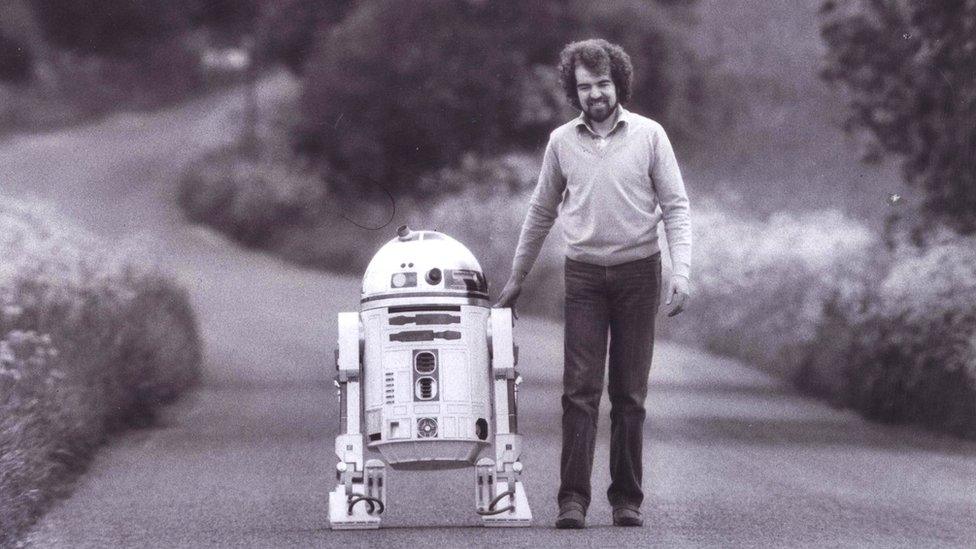
Professor Tony Dyson spent five months building the original eight R2-D2 robots
Prof Dyson also worked on Superman ll, Moonraker and Dragon Slayer, and was nominated for an Emmy for his film special effects supervision.
For the Bond film Moonraker he created 36 model spacemen complete with backpacks, laser guns and space suits for the space scene.
He also directed the special effects filming of Hector the evil robot in Saturn 3 - a science fiction film starring Kirk Douglas, Farrah Fawcett and Harvey Keitel.
Among his other film work included designing and producing 35 feet of latex human intestines, used in the dream scene for the 1980 Ken Russell film Altered States starring William Hurt; and working on the giant robot dragon in 1981's Dragon Slayer.
He also designed and built robots for some of the largest electronic companies in the world including Sony, Philips and Toshiba as well as for a number of TV commercials and leisure parks around the world.
- Published10 January 2016
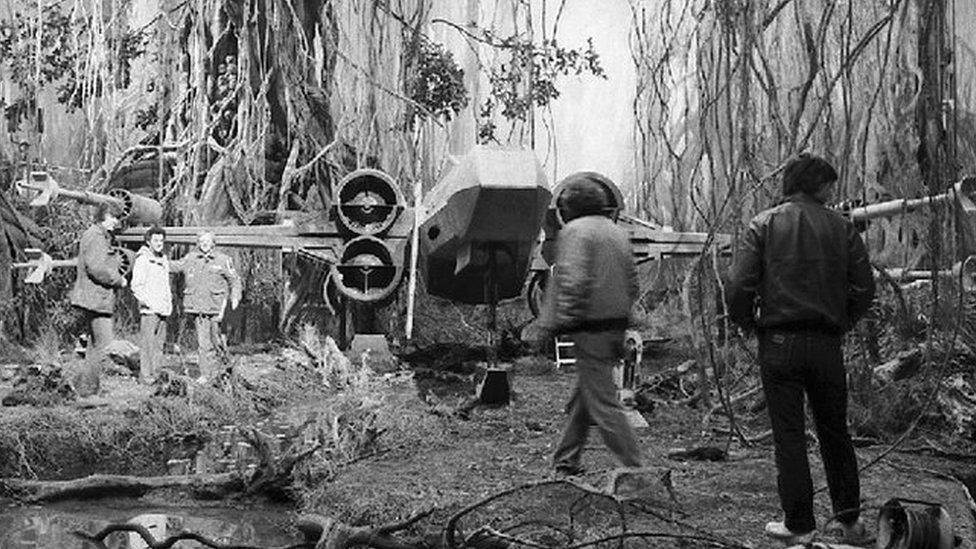
- Published5 March 2012
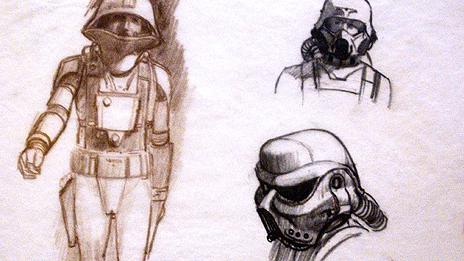
- Published10 November 2014
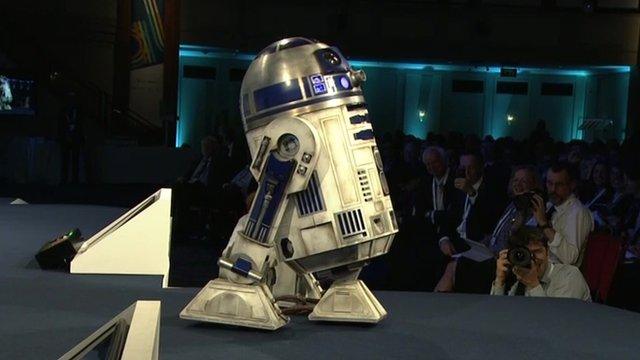
- Published20 November 2013
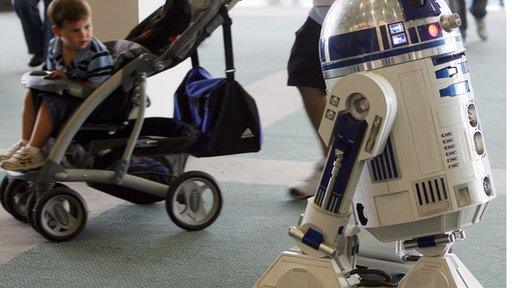
- Published31 October 2012
